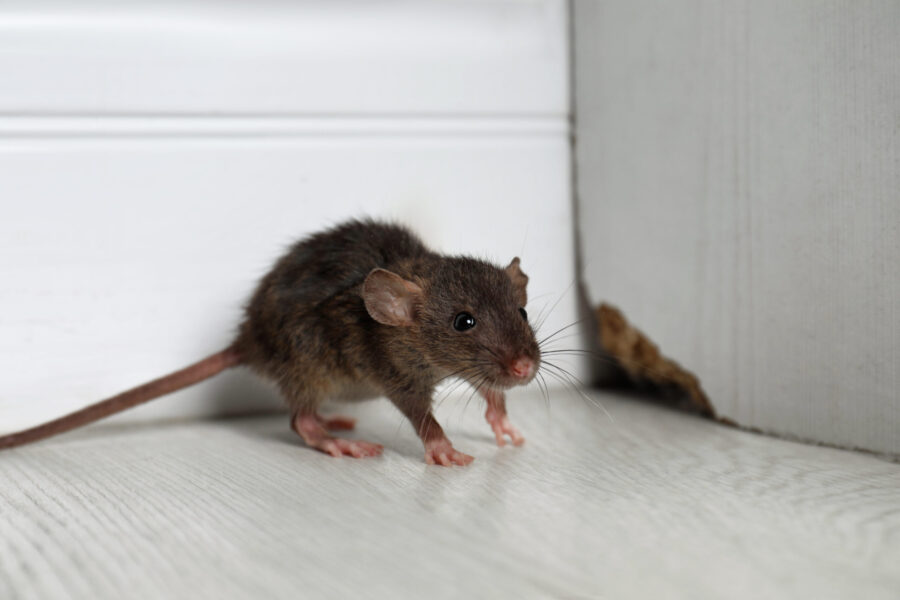<b>Smart Pest Control</b> Strategies for <b>Logistics Companies</b>
Share
In the dynamic realm of logistics, operational efficiency is paramount. A risk that often flies under the radar, though, can greatly hinder smooth operations and impact the bottom line: pests. Implementing an effective smart pest control solution for logistics companies is vital to protect the integrity of products, the safety of facilities, and the overall reputation of the business. From rodents to various insect types, these unwelcome guests can cause costly damage. A robust smart pest control strategy not only helps address these threats but also ensures adherence to health and safety standards.
By integrating advanced technology into pest management, logistics firms can proactively identify and resolve pest concerns before they escalate into larger problems. As the industry evolves, embracing smart innovations can empower logistics companies to stay ahead of potential threats while safeguarding their assets and ensuring a pest-free environment.

Technological Advancements in Pest Control
The emergence of technology in pest control has revolutionized traditional approaches, transforming them into cutting-edge systems that allow for real-time monitoring and effective intervention. Utilizing sensors, cameras, and powerful data analytics, these systems provide valuable insights into pest activity and vulnerable areas within facilities. This targeted information enables companies to optimize treatments and minimize their environmental impact.
For example, numerous companies are now deploying devices fitted with infrared sensors capable of detecting the presence of rodents and other pests. Such systems not only promptly alert staff to potential infestations but also generate actionable data that can refine long-term pest management strategies. As a result, logistics operations are experiencing marked decreases in pest encounters and related expenditures.
Case Studies: Success Stories in Logistics
Logistics centers that have embraced smart pest control methods report significant reductions in pest numbers and associated damages. Take, for example, a logistics company in Texas that implemented a all-encompassing smart pest management system, which led to a 70% decrease in pest control costs within the first year. The organization also saw less reliance on chemical interventions, fostering a greener operation.
Similarly, a European warehouse benefited from fewer operational disruptions after adopting automated pest monitoring solutions. By marrying technology with prompt human action, the company fortified its pest prevention measures. For a deeper understanding of these approaches, you can check out this case study on modern pest control tech.
Benefits Beyond Pest Prevention
Implementing smart pest control systems in logistics environments yields additional, unforeseen advantages. Besides protecting inventory and ensuring regulatory compliance, these systems contribute to fostering a healthier workplace atmosphere. By decreasing the dependence on harsh chemicals through precise applications, facilities become safer for employees.
Moreover, the predictive analytics offered by these systems can assist in planning for future facility needs. Understanding pest behavior patterns enables companies to make informed decisions regarding potential expansions or upgrades, leading to enhanced long-term planning and efficient resource allocation. For more information on pest control techniques, click here.
Is Your Company Prepared for the Future?
The shift toward smarter pest control solutions is an inevitable change within the logistics sector. To maintain a competitive edge and safeguard their assets, logistics companies should evaluate their current pest management systems and consider necessary upgrades. In an era dominated by innovation, staying ahead means embracing new technologies.
To facilitate comprehensive integration and improved outcomes, businesses should consider collaborating with providers who specialize in customized pest control solutions tailored for logistics environments. This strategic approach enables companies to remain versatile and proactive. Those interested in exploring state-of-the-art solutions should look into the latest advancements in pest control for warehouses.

FAQ
Q: What are the primary pests affecting logistics companies?
A: The most common pests include rodents, cockroaches, and various insects like spiders and ants that can damage products and disrupt operations.
Q: How do smart pest control systems operate?
A: These systems utilize sophisticated sensors, cameras, and data analytics to meticulously monitor and manage pest activity, significantly reducing the need for chemical treatments.
Q: Are these systems a cost-effective solution?
A: Absolutely, although the initial setup costs may be higher, the long-term savings generated by fewer pest incidents and damage, along with improved compliance with regulations, usually outweigh the initial investments.
For further insights into spotting rodent signs in warehouses, you can visit this resource.
This article contains affiliate links. We may earn a commission at no extra cost to you.
